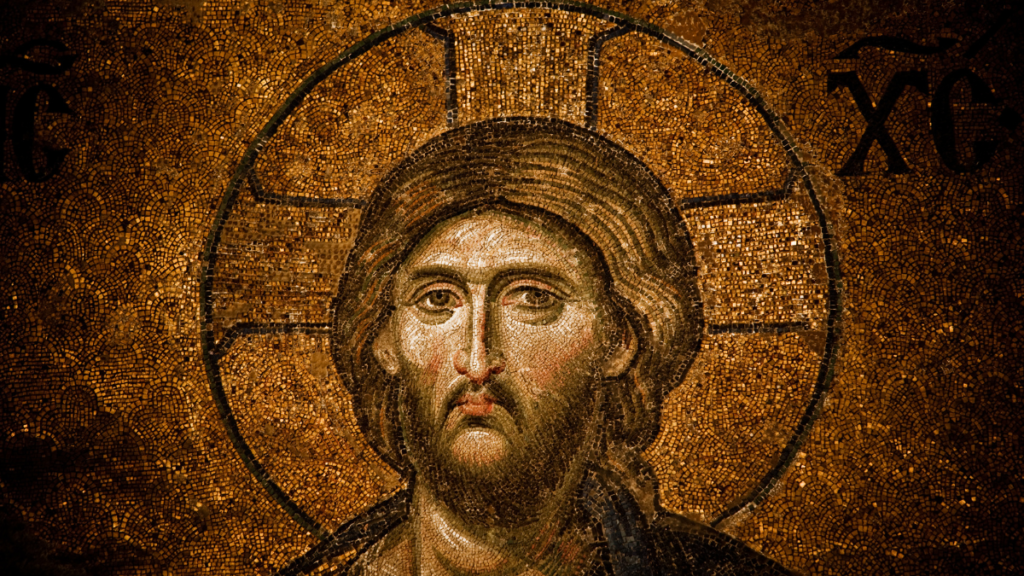
In this coming Sunday’s Gospel, Jesus asks his disciples: “Who do people say that I am?”
We find the story in chapter 8 of Mark’s Gospel, and so since Mark has sixteen chapters, it would seem fair to say that it’s a mid-course assessment kind of question. The idea of Jesus wondering how things are going so far, may not be appealing. It does make sense, however, that he would want to warn his followers of the challenges of going forward. For there is a point amidst the attraction of the healings and teaching and deliverances that people could get the wrong idea of where Jesus was taking them. And so, he turns a corner and begins to say that there’s some difficult times ahead. The cross looms central to that future, and it will impact him and his followers. They too must be willing to lose their lives to save them; and the why of all that is going to be important. That is also why He asks further: “And who do you say that I am?”
Eventually only an ability to answer that question for yourself will hold up in the challenge that being a disciple of Jesus brings. Whom do I think I am following? Where do I think he is taking me or us? What does the Kingdom He proclaims look like? And what is expected of us as we embrace Him?
Fifteen members of Grace gathered with members from St Mary’s Napa in a workshop last Saturday held by facilitators from the Kaleidoscope Institute. Our group was composed almost fifty-fifty of predominantly Latino and Anglo members of Grace. We worked on developing insights and skills that could help us be a more consciously open community of faith especially within the larger bi-cultural environment that is Napa Valley. We heard a remarkable story from an Episcopal priest from Texas who leads a bilingual community. He said that during Holy Week, he noticed that the predominant number of people who came to the Good Friday service were of Hispanic descent, and the predominant Anglo numbers turned up for Easter Day.
One group identified with the Crucified Jesus, and the other with the Risen Jesus. This was an insight for him, but not surprising once he reflected upon it. It made sense to him that those among his congregation, who perceive themselves as having little power in society, and who have known an extreme experience of suffering would turn to Jesus upon the cross whereas his members of the dominant Anglo culture would pivot more towards Jesus who is victorious over suffering and death.
The Kaleidoscope teaching actually offers a diagram of what it calls the Gospel Cycle. It describes how we all enter faith at two major junctures – the Cross and the Empty Tomb. Those with power (consciously or subconsciously perceived) – of the dominant culture – begin at the resurrection and are led by the Spirit of God to a place of yielding their power to be humble before the Cross of Christ, and those who are without power (again consciously or subconsciously perceived) are led by the Spirit from the Cross to Resurrection. And it is the gift of the empathetic ear, the learned ability to listen to one another and find God in each other’s story, that moves us around the cycle. And so, we flow from one experience of loss to gain, and then from gain to loss; or from humility to exaltation and from exaltation to humility. It is not an easy way, this cycle of Cross and Empty Tomb, Death and Resurrection. It is however the way God has established for us, and for nature with its seasons if we think about it.
Who do you say He is?
Bishop Alan Scarfe

Recent Comments